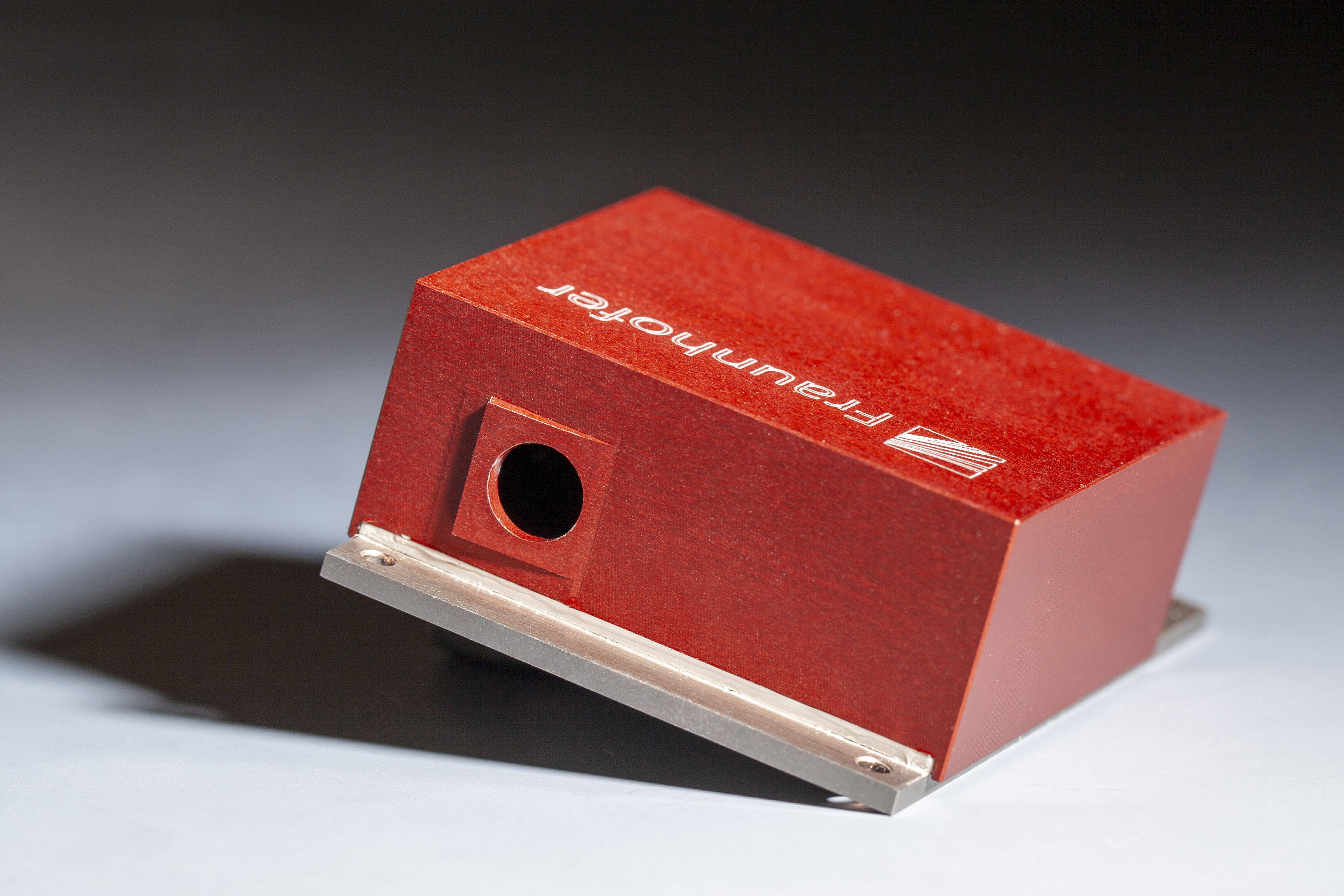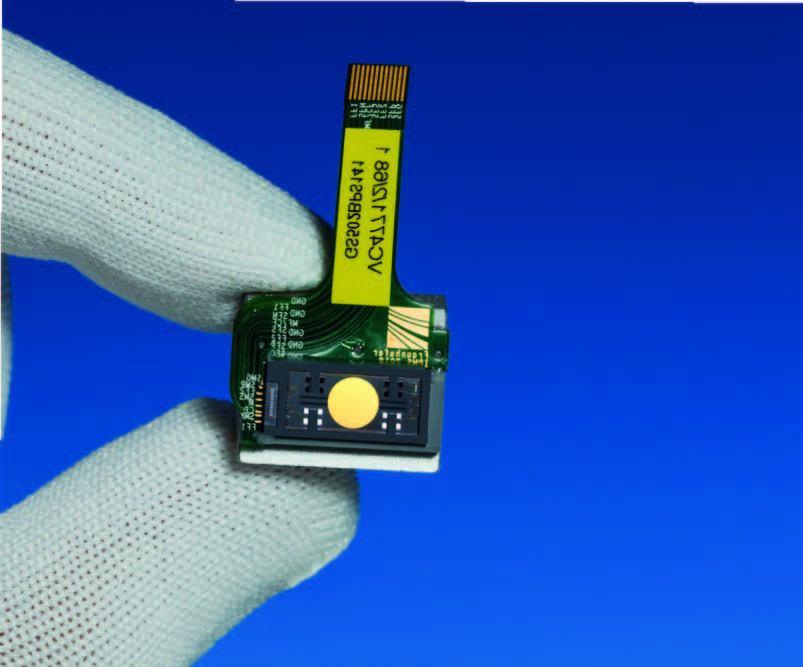

Quantum cascade laser (QCLs) harness intersubband transitions in the conduction band of a semiconductor layer structure. Such laser sources are used in real-time spectroscopy, which facilitates fast quality and process control and the development of mobile or even hand-held devices. With sophisticated layer design, they can be optimized for performance or wide wavelength tunability. The emission wavelength of the chip material can be adjusted in external resonators using a diffraction grating. Micro-opto-electro-mechanical systems (MOEMS) grating scanners are used for this purpose.
Resonant grating scanners track a sinusoidal trajectory and allow very for high spectral scanning speeds of up to 1 kHz. With quasi-static grating scanners, individual wavelengths can be specifically targeted and almost any desired trajectory can be traced, thus enabling arbitrary spectral scanning speeds with repetition rates of up to several 10 hertz. They can replace conventional external cavity (EC) QCLs in many applications, with the added advantages of significantly smaller size and increased functionality. Fraunhofer IAF builds highly integrated EC QCLs for the mid-infrared wavelength regime that combine unique spectral scanning speeds with the small footprint mentioned above.
 Fraunhofer Group for Microelectronics in cooperation with the Leibniz institutes IHP and FBH
Fraunhofer Group for Microelectronics in cooperation with the Leibniz institutes IHP and FBH